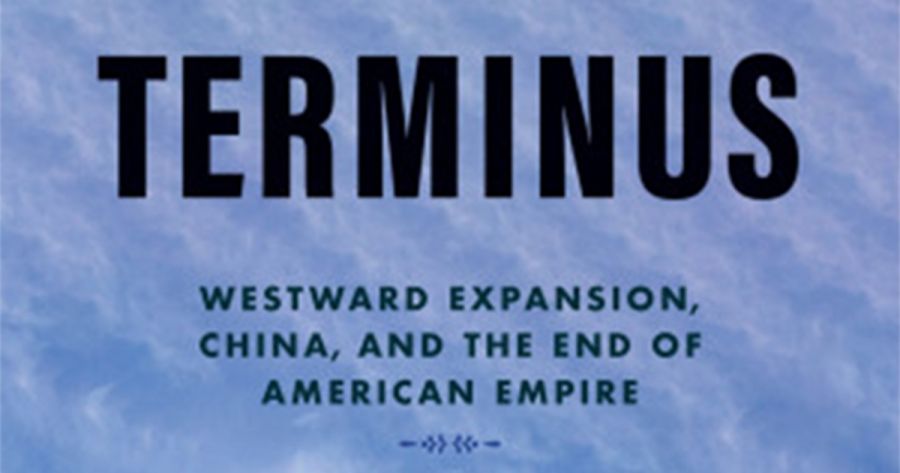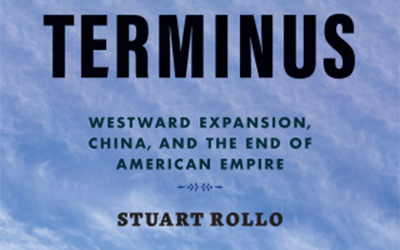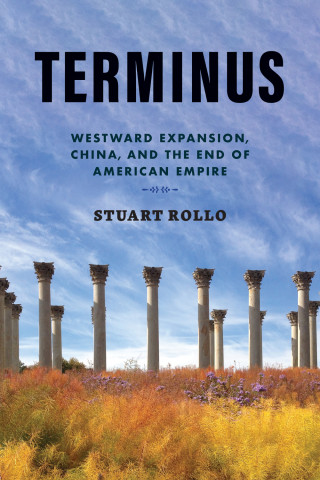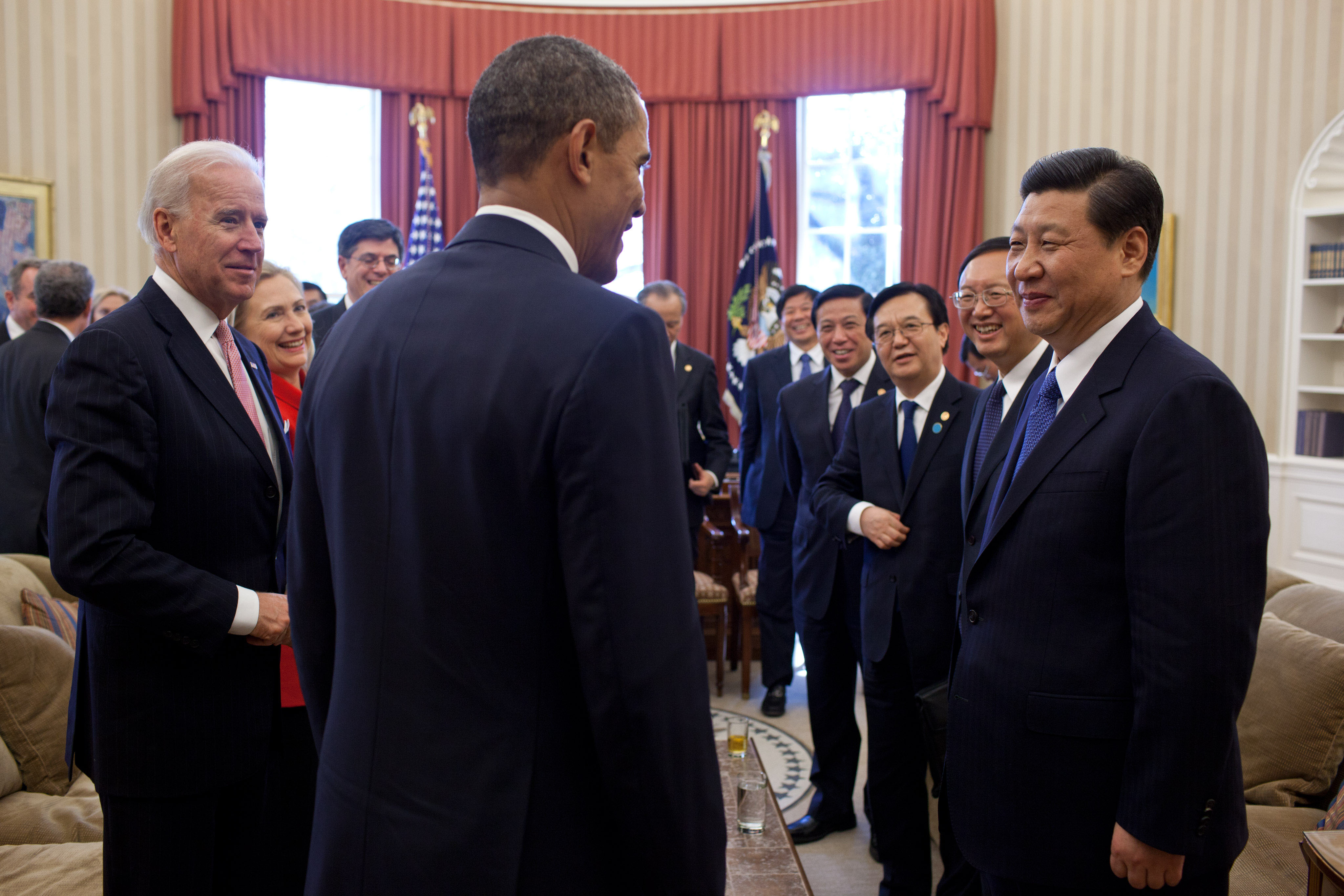
- Free Article: No
- Contents Category: History
- Review Article: Yes
- Article Title: High fences
- Article Subtitle: ‘De-coupling’ as containment
- Online Only: No
- Custom Highlight Text:
What a difference a decade makes. When the second decade of the millennium opened, the United States was advocating an open door for trade and investment with China. In November 2011, President Barack Obama, in a speech to the Australian Parliament, revealed Washington’s new strategic and economic policy: the Pivot to Asia.
- Featured Image (400px * 250px):

- Alt Tag (Featured Image): Geoff Raby review ‘Terminus: Westward expansion, China, and the end of the American empire’ by Stuart Rollo
- Book 1 Title: Terminus
- Book 1 Subtitle: Westward expansion, China, and the end of the American empire
- Book 1 Biblio: Johns Hopkins University Press, US$55.95 hb, 289 pp
- Book 1 Cover Small (400 x 600):

- Book 1 Cover (800 x 1200):

Rather than pivoting to Asia, the United States is more deeply embroiled in conflicts in Europe and the Middle East than at any time since the end of World War II. The Open Door to China has been replaced by a ‘high-fence’ and ever-expanding ‘small-yard’ strategy of trade and investment protectionism. Engagement has been swept aside for the new buzz words of ‘de-linking’, ‘de-coupling’, ‘de-risking’, and ‘resilience’, which have become codes for containing China. Trade and investment policies have been subsumed into security policy, the so-called ‘securitization’ of these policies.
Terminus: Westward expansion, China, and the end of the American empire is an account of how the US relationship with China got to where it is today, and why. It is a grand narrative about the rise of the US imperial enterprise and the central role that China played in it from the earliest days of the republic.
Stuart Rollo argues that to understand the ‘structural drivers’, both commercial and geostrategic, of the US relationship with China it is necessary to understand the historical context in which it was formed and sustained from the postwar period to the late 1990s.
Rollo’s central, and intriguing, thesis is that from the earliest years of the United States, China has been central to its westward expansion, and then its late-nineteenth century and twentieth-century imperial enterprise across the Pacific. In Part One, Rollo extends Frederick Jackson Turner’s thesis of the US western expansion, arguing that the lure of the vast China market drew the United States to the Pacific once the internal western frontiers had been consolidated. He asserts that ‘the period of formal American imperialism in the Asia-Pacific is an extension of the process of westward expansion that had been occurring for the entire history of the United States’. From early in the nineteenth century, leading business and political figures had been dazzled by trade and investment opportunities in China and its natural resources.
Rollo’s argument that, from the Civil War and the consolidation of the domestic frontier in the 1890s, China was the principal commercial target of western expansion from the earliest days seems a bit of a stretch. Before consolidation of its frontier and establishment of hegemony over the western hemisphere, the United States was probably more focused on its own internal challenges and fearful of more powerful European powers in the western hemisphere.
So keen is Rollo to press his thesis that, with respect to the nineteenth century and especially the pre-Civil War period, the argument feels somewhat teleological and reductionist. He identifies the main driver of the US colonisation of Texas, California, and Oregon as a fear of being cut off by European colonial powers from ‘its westward path to the Pacific and China’. There may well have been other factors at play, rather than America’s imperial ambitions for the Pacific, and especially China, in its western consolidation.
With the Burlingame Treaty of 1868, the United States opened to Chinese labour and secured greater access to the Chinese market. Chinese labour became highly important for the construction of the western railways and emerging industries mainly on the west coast. But then, racially motivated fears of Chinese flooding the United States sparked a China Threat, which led to the United States closing itself off to Chinese immigration in the 1880s. As with most history, change is less linear than is implied in this study.
It was not until the 1890s that US expansion into the Pacific and commercial colonisation of China began to take off. Rollo suggests that this occurred with America’s emergence as a global industrial force, accompanied by rapidly expanding naval power. It was at this time that the commercial dimensions of the westward expansion to Asia became ‘entwined with a new manifestation of ideological and strategic justification for empire’.
 Joe Biden Barack Obama and Xi Jinping, 2012 (Everett Collection History/Alamy)
Joe Biden Barack Obama and Xi Jinping, 2012 (Everett Collection History/Alamy)
Seeking commercial colonisation without conflict, the United States, by the turn of the century, was so powerful that it could begin to dictate terms of engagement with China to other colonial powers. The Open Door Note from the United States to Japan and other European Powers in 1899 ordained that there would be no exclusive zones of influence and that trade would be on a strictly Most Favoured Nation basis (concessions made to one would be made equally to all). Thus the United States sought to keep China as a unified state, through which the United States was confident that it could advance its commercial interests successfully in competition with other powers.
Rollo argues that this established the ‘core commercial principles’ of American foreign policy that would later be enshrined in liberal international institutions after World War II. It was Theodore Roosevelt’s despatching of his Great White Fleet of sixteen battleships to circumnavigate the globe (1907-9) that demonstrated the massive naval power that now underpinned the Open Door Policy. The Fleet visited Sydney in August 1908 and was greeted by huge crowds. According to Rollo, ‘the commercial and strategic basis for the American empire in the Pacific’ was now firmly established.
In this context of US ascendency in the Pacific at the start of the twentieth century, it seems odd that the Treaty of Portsmouth (1905) does not rate a mention in Rollo’s book. It brought about the formal conclusion of the Russo-Japanese War, the first time an Asian power had defeated a European power since the time of the Mongol invasions of Europe. It was negotiated by Roosevelt, who otherwise features prominently in this book, at the naval shipyard at Portsmouth, Maine, for which he received the 1906 Nobel Peace Prize. This represented America’s coming of age as a Pacific, if not yet global, power.
Parts Two and Three, respectively, deal with the interwar years of the US imperial ascendency, and then the fading of imperial power after it reached its apogee with the end of the Cold War: the unipolar moment, the ‘end of history’ hubris. This story of the twentieth century and early years of this century is told in fairly conventional terms.
The book concludes with a discussion of the strategic policy options for the United States as its power recedes and it must learn again how to live in a multi-polar world. Rollo has no doubt that the United States is in a state of terminal imperial decline and that China’s ascendency is inexorable. He poses the most pressing question in modern geopolitics: how to manage America’s relative decline? And he proposes sensible answers.
Some closer editorial attention could have picked up infelicities, such as the reference to the ‘Jackson thesis’, when what is meant is Frederick Jackson Turner’s, as used in other places in the book. The Treaty of Tianjin was signed in 1858, not 1860 (that was the Convention of Peking). Rollo’s heavy reliance on two older sources – J.A. Hobson and Eric Hobsbawm, old stagers in the story of imperialism – without critical assessment is problematic, at least for this reviewer.
At a time when books are being churned out advising US policy makers, Kanute-like, how to turn back the tide of America’s declining imperial reach and to maintain primacy in the face of a rising China, it is refreshing to have a book on how to manage the greatest power shift in world history peacefully. Australian policy makers contemplating a Donald Trump or Kamala Harris victory in November could profitably read this timely book.


Comments powered by CComment